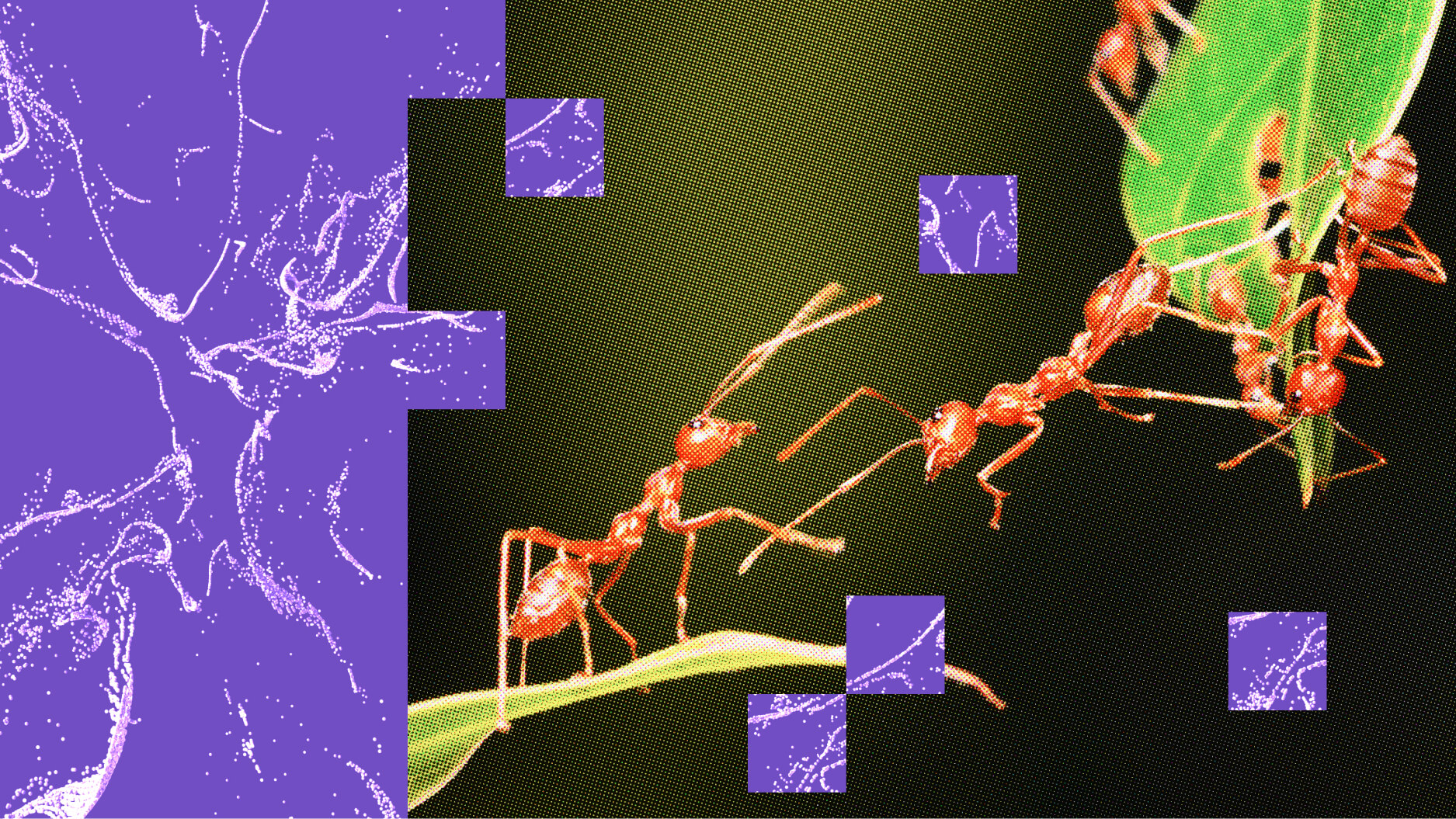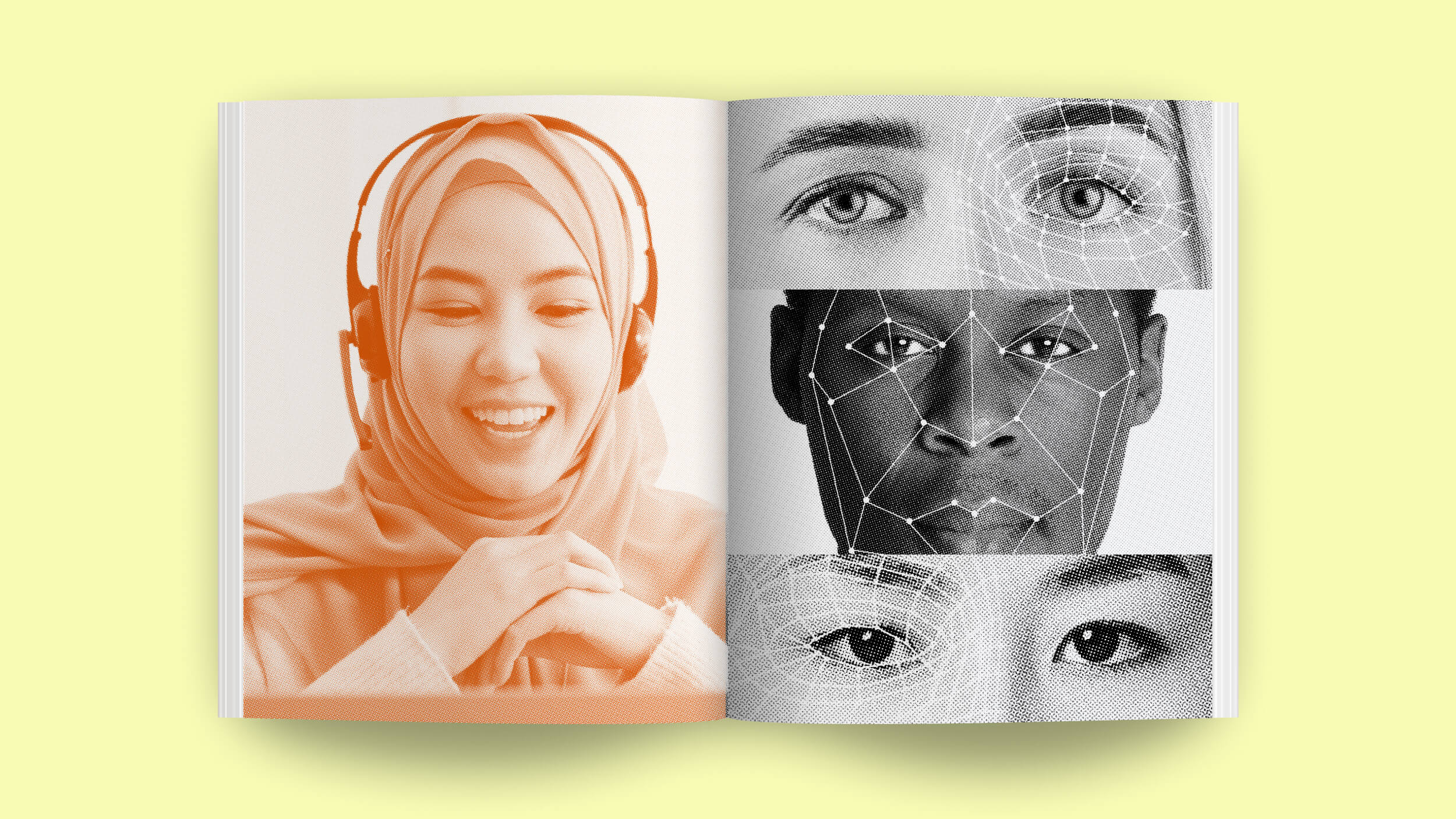Study: Mental conditioning with cute animal pictures can rekindle your relationship

James K. McNulty of Florida State University and his team of psychological scientists were not expecting this. They’d wondered if they could use conditioning to warm the hearts of married couples gone a little cold from numbing day to day life by building associations between spouses’ faces and pictures of adorable puppies and bunnies. “I was actually a little surprised that it worked,” McNulty tells APS, a publication of the Association of Psychological Science. “All the theory I reviewed on evaluative conditioning suggested it should, but existing theories of relationships, and just the idea that something so simple and unrelated to marriage could affect how people feel about their marriage, made me skeptical.”
The study’s setup
The team’s study was published in the journal Psychological Science. Their experiments looked at “whether directly altering affective associations involving a relationship partner through evaluative conditioning can lead to changes in relationship satisfaction.” The researchers worked with 144 couples from in and around Tallahassee, Florida, all under 40, and all married for less than five years. Of the couples, 42% had children and the average age of the subjects was around 28 (husbands, 28.72 years old; wives, 27.87).
After questioning the couples on their level of marital satisfaction using three tests commonly used for this purpose, nine individual photographs were taken of each person, with five smiling expressions and four neutral ones.
Watch closely
For the test, each participant was asked to view a brief stream of images once every three days for six weeks. The researchers called these “surveillance tests” in which the subject thought he or she was being tested for an ability to quickly press a keyboard spacebar in response to the appearance of a certain specific relationship-related image, such as a wedding cake. Really, this was all just to distract them from the conditioning underway since it so effectively “focused participants’ attention” on the visual target acquisition.
Within each stream of images were intermittent pairings of a conditioned stimulus (CS), a picture of their smiling spouse, and an unconditioned stimulus (US) such as a puppy, bunny or sunset and words such as “wonderful” and “fabulous.”

They call me Cupid. (Photo: Creative Commons)
The result
The study found that those who’d been shown their spouses’ faces together with puppies, bunnies, sunsets, and other happy images had developed over the course of the experiments even more positive associations for their mate than they had when the study began. More promisingly, their levels of marital satisfaction went up.
As for what this study represents from a scientific point of view, its authors write that, to their knowledge, “this is the first experimental study to demonstrate sustained attitude change toward a well-known object using a low-thought approach such as evaluative conditioning. Thus, the present work represents a step toward documenting how attitudes slowly evolve over time through passive exposure to attitude-object-relevant information.”
It may not be the case that you can just stage your photo between puppy pictures to rekindle that old marital magic, but it does shed an interesting light on how we unconsciously tag those close to us with all sorts of associations and opens a new window into our long-term relationships.





